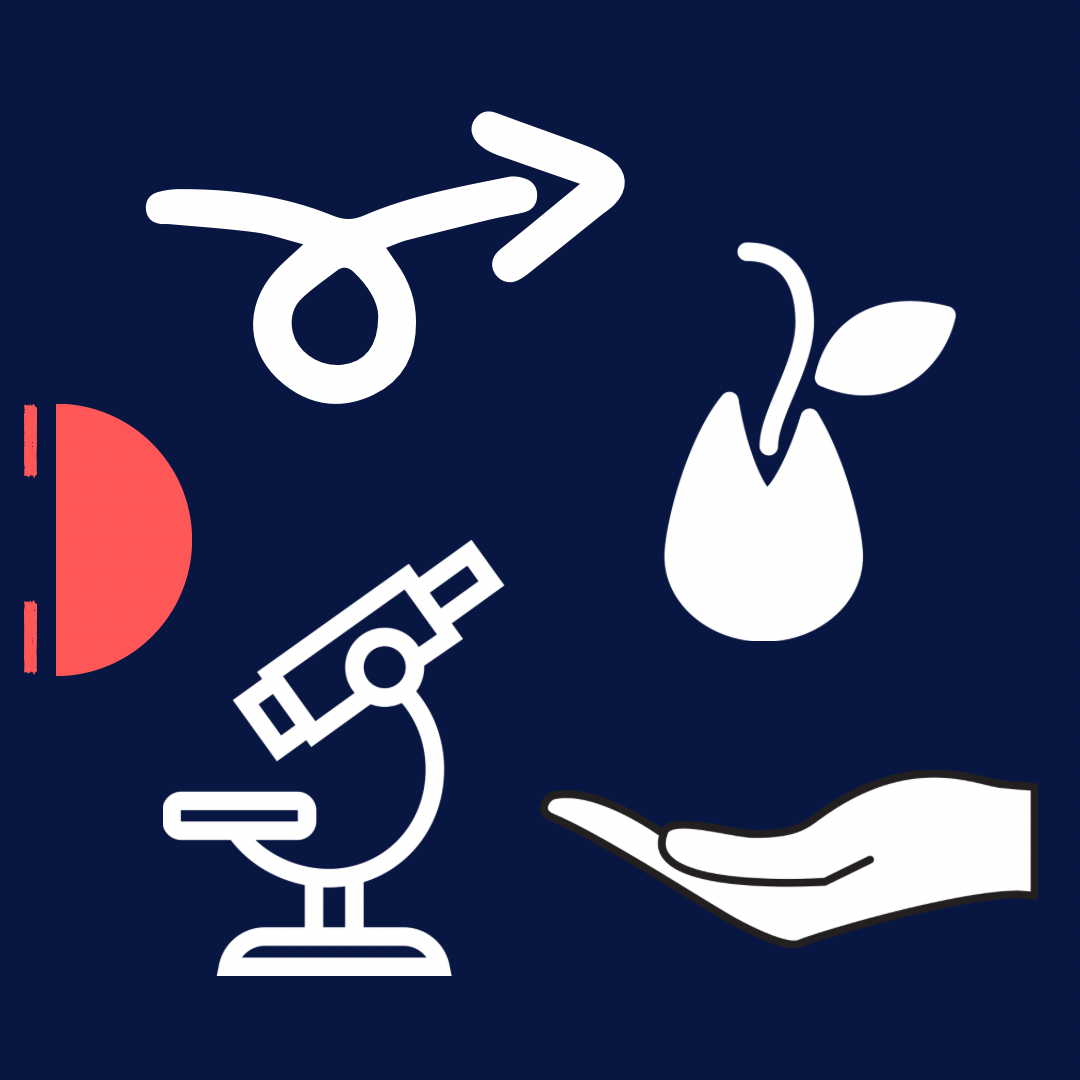Your basket is currently empty!

Arrow, seed, hand or microscope?
Do you feel identified by any of these words?
I do. I am first a seed and a hand second, but I also like arrows and microscopes. And by now, you’re probably wondering what on Earth is Susana talking about?
I am actually talking about communication styles, and according to my research, there are four types.
Symbols are a really powerful tool so to help me remember the different styles I have made my own symbolic interpretation to add a bit of imagery to this topic today.
I hope, in next few minutes, you will discover a little more about your own communication style.
The first one is THE ARROW: the direct style. People with a direct style are decisive, competitive, independent and confident. They are ambitious and driven. Others may see them as strong willed or demanding as they can be impatient.
They are motivated by challenges and are more interested in results than relationships or feelings.
Does this style ring a bell with you? Before you answer, let’s cover the others.
The second one is THE SEED: the initiating style. This is my primary style..
They are sociable, enthusiastic, spontaneous and gregarious. But can do more talking than listening. They like to feel accepted and are motivated by relationships. They respond to praise and approval.
I can recognise these characteristics all over my life story. I used to be super dependant on praise and approval and suffered when I didn’t get it or I got the wrong one. As I’ve got older I’ve learned to accept that I can’t please everyone,all of the time.
They can also be impulsive, so over my life I have learned that sometimes I need to take a pause, breathe, think and then react so that I don’t get carried away by things.
I didn’t know this was my primary style until this assignment, but now I can see it quite clearly. It has affected all of my interactions, particularly at work. As a team leader, bringing energy into the team and getting everyone to pull together around a common objective. And in my case, the how is always more important than the what. So the aim doesn’t justify the means. This is probably something to do with the next style which I also have a little of.
The next one is THE HAND: the supportive style. This style is calm, approachable and gentle. They can be perceived as patient as they have active listening skills. They place value on close relationships. They don’t like conflict and can be great mediators. I do feel identified with the importance of relationships and conflict resolution. These two areas have become one of my specialties. I talk a lot about it on my blog.
The final style is THE MICROSCOPE: or analytical. People with this style are precise, logical, systematic and task oriented. They can be rather perfectionist. They like to know where they stand and can be private with personal information and their emotions.
So now that we’ve covered the four different styles. Which one of them rings most bells with you?
A powerful reflection, to me, is that it doesn’t really matter which style we are. The important thing is to be able to recognise it in ourselves so that we can adapt it when necessary. If we know what works best for others we can be better communicators. So what do the different styles like?
The arrows like to be direct. They get quickly to the point so we can lose them when we go overboard with details or feelings.
The seeds like building connections, interact and share stories to make it personal. If we are too abrupt they may shut down.
The hands like to be supportive and supported. They like a calm, steady approach so we need to gain their trust, involving them in the conversation.
Finally. The microscopes love facts and figures. So if we want to gain their attention, we need to present them with plenty of information. We need to be prepared to ask and answer questions.
My main communication style as a SEED has helped me create wonderful relationships at home and at work by focusing on the people and their feelings. With solid relationships built on trust where things get done but not at all costs.
I think it’s really important to recognise that all styles have advantages and disadvantages, so by not having a direct style, perhaps I have lost some opportunities in achieving some goals. And by not being analytical, and may have let my impulsiveness take the better of me.
In summary, there are four different communication styles: direct, initiating, supportive and analytical. They all have fantastic qualities that we can bring to our lives and we can all identify development points by looking at the strengths of the communication styles that we are not.So if you haven’t done it already, find out what communication style you are, make the most of your capabilities and learn from others to become more effective in your communications.
Leave a Reply